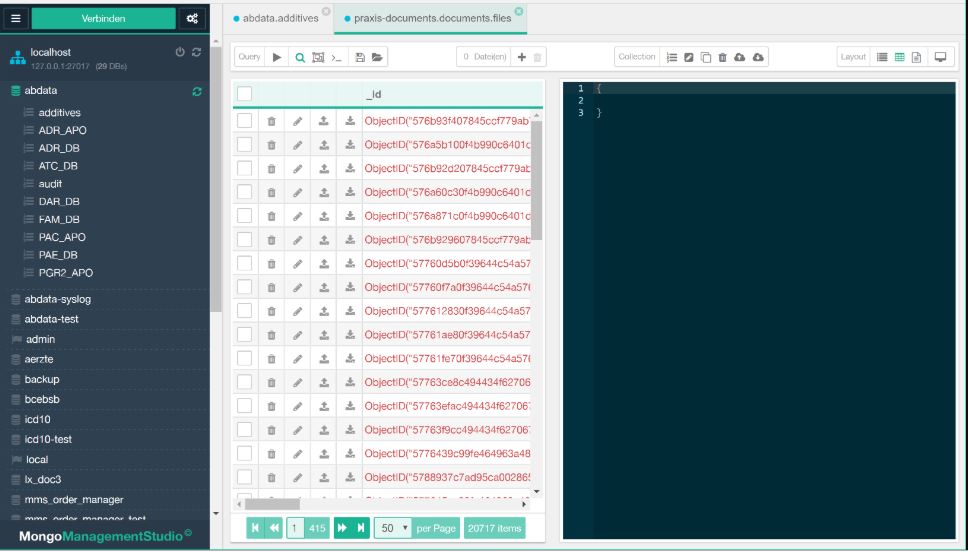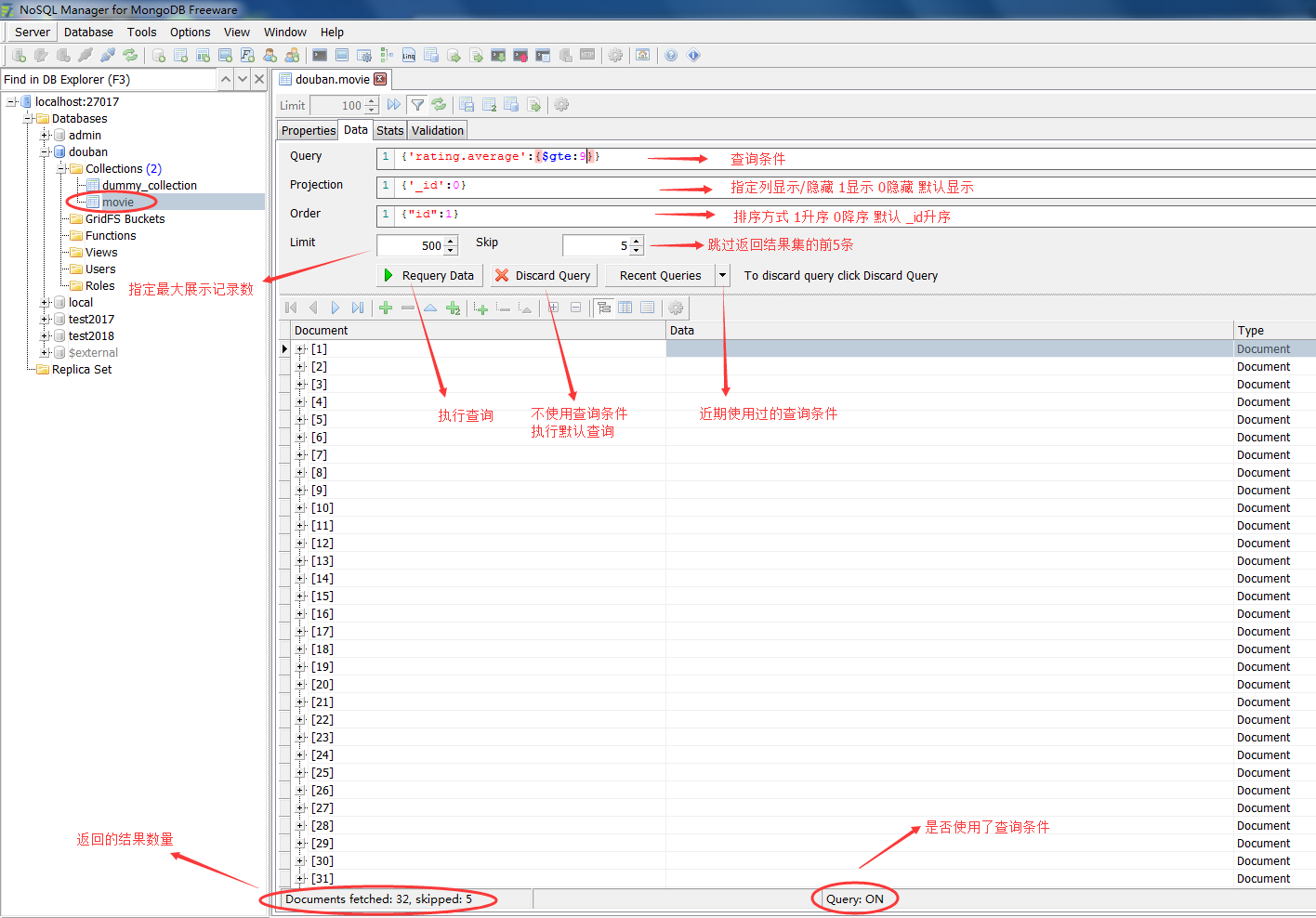
NoSQL databases are cheaper and easier to maintain.

MongoDB brings a host of benefits to the table. MongoDB offers a great tool, MapReduce to build data pipelines. It only makes sense for the database to use the same protocol. JSON is widely used across for frontend and API communication. Security Features:Īuthentication and authorization are taken into account. Native Replication:ĭata gets replicated across a replica set without a complicated setup. MongoDB offers an Extract, Transform, Load (ETL) framework which eliminates the need for complex data pipelines. Data balancing occurs automatically and transparently to the user by the shard balancer. Using the technique of sharding, an architect can achieve both write and read scalability. It is built to scale, both vertically and horizontally. This is a key contrast between MongoDB and other relational databases. The document-oriented approach allows non-defined attributes to be modified on the fly. MongoDB can serve diverse sets of data and multiple purposes within a single application. Schema-less model:Īpplications get the power and responsibility to interpret different properties found in a collection's documents. The data can either be loaded into a new format or exported to other data sources. Native aggregation allows users to extract and transform data from the database. The user can selectively index some parts of each document or a query based on regular expressions, ranges, or attribute values, and have as many properties per object as needed by the application layer. MongoDB can map objects from any programming language, ensuring easy implementation and maintenance. MongoDB uses documents that can contain sub-documents in complex hierarchies making it expressive and flexible. There are four major reasons why MongoDB is being deployed more often. Incidentally, NoSQL is short for “Not Only SQL.” NoSQL databases are scaled horizontally and support limited join queries. Non-relational databases don’t need fixed table sachems. On the other hand, NoSQL databases store schema-less, unstructured data in multiple collections and nodes. Organizations like Microsoft SQL Server Oracle and Sybase use the relational database management system (RDBMS). Relational databases store data in columns and rows. There are two primary database types: SQL (relational) and NoSQL (non-relational). MongoDB is a non-relational database system. MongoDB has cultivated a reputation as a versatile, flexible database and is currently used today as the backend data store of many high-profile businesses and organizations such as Forbes, Facebook, Google, IBM, Twitter, and many more.
#Nosql manager for mongodb extract data code
You can find MongoDB’s source code on GitHub.
#Nosql manager for mongodb extract data free
MongoDB was created in 2009 as an open-source, highly scalable, robust, and free NoSQL database. Version 3 came with an aggregation framework mainly as a supplement to the aging MapReduce framework. Version 1 was basic, while version 2 introduced features like sharding, usable and special indices, geospatial features, memory, and concurrency improvements, among others. MongoDB was released on August 27th, 2009. NoSQL has relaxed ACID (atomicity, consistency, isolation, durability) properties and guarantees better performance, scalability, flexibility, and reduced complexity.

As a result, Not only SQL or NoSQL was developed. However, as websites' functionality grew, developers wanted to generate web pages using content that could change over time without redeploying the code. Structured Query Language (SQL) existed even before the World Wide Web. Now that you know what’s in store for you, continue reading the tutorial MongoDB Evolution This tutorial on What is MongoDB will give you a deep understanding of its working and applications. Surely, you would have heard about this several times, if you’re interested in this topic. MongoDB is a popularly used NoSQL (not only SQL) database. Okay, that’s great, but there’s a lot of databases out there. A database is any structured information or data specially organized and stored in a computer for fast retrieval and search. So, if you want to make the most of that data, you need organized, easily accessible information. We’re living and working in a data-driven world.


 0 kommentar(er)
0 kommentar(er)
